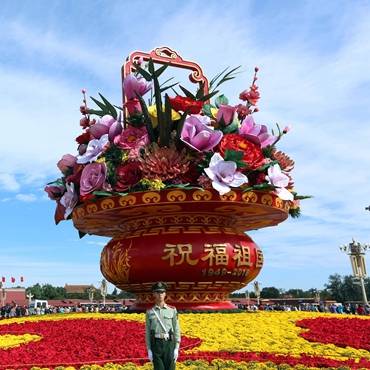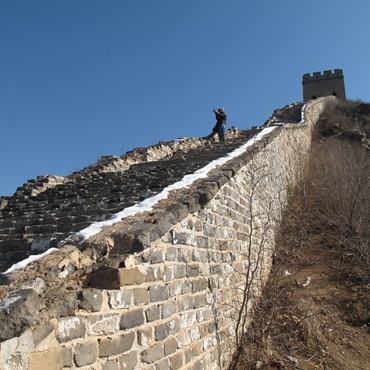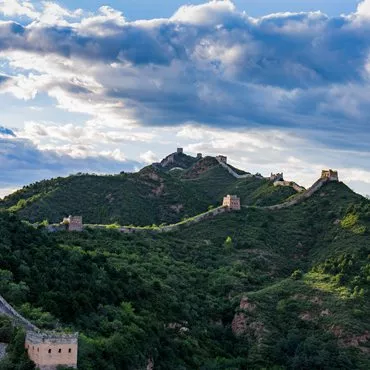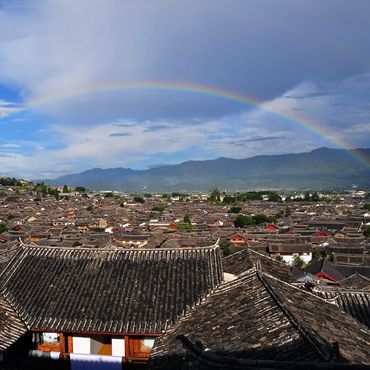Fahai Temple
Fahai Temple, located within the Fahai Temple Forest Park at No. 28 Modao Kou, Shijingshan District, Beijing, was founded in the fourth year of Emperor Zhengtong's reign (1439 AD) of the Ming Dynasty (1368-1644 AD) and officially opened to the public on May 1, 1985.
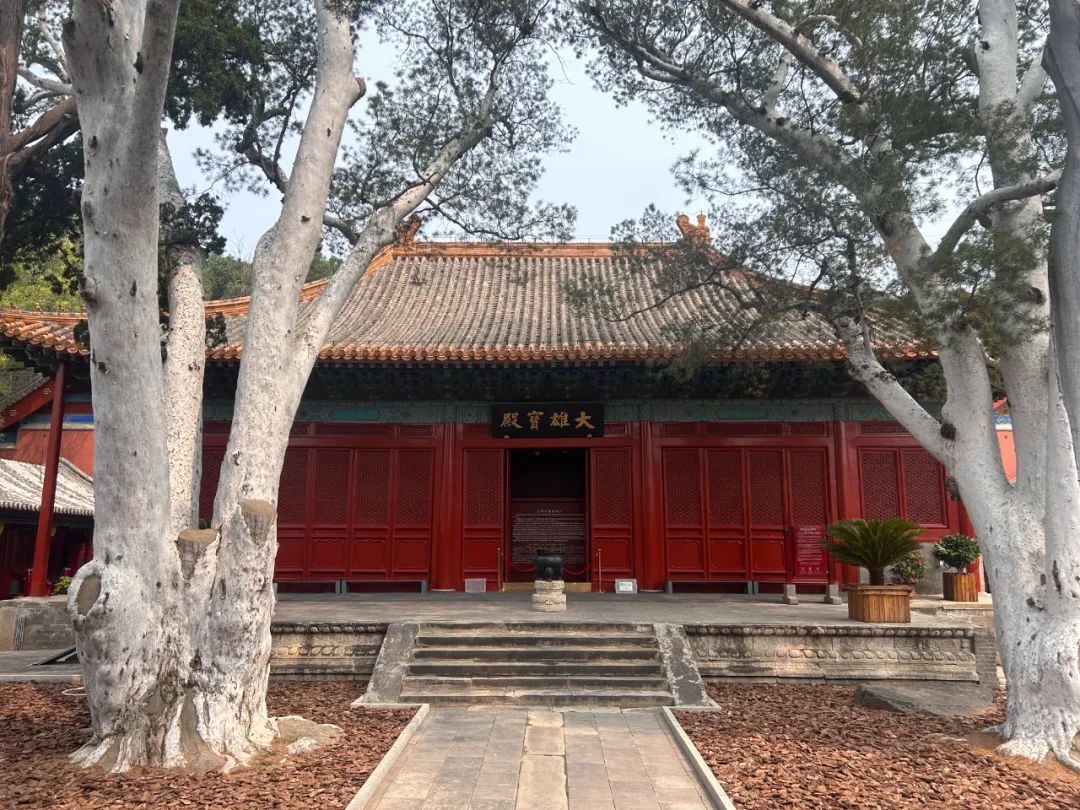
Situated facing north with a southern orientation, Fahai Temple encompasses a series of four courtyards elevated on a tiered platform. Spanning 72 meters from east to west and 150 meters from north to south, it covers an area of 1.08 hectares. The principal structures include the Shanmen (Mountain Gate), Tianwang Hall (Heavenly Kings Hall), and Daxiong Hall (Great Buddha Hall). Beyond the Shanmen lies an east-west rectangular cpourtyard, featuring a central staircase leading to the Tianwang Hall and Daxiong Hall, flanked by two inscribed stone steles.
Fahai Temple's architectural layout, jointly designed by officials and monks of Han and Tibetan descent, stands as a unique testament in Beijing's history of temple construction. The Shanmen, adorned with yellow glazed tiles and a hip-gabled roof, opens into a courtyard traversed by several tiers of steps leading to the Tianwang Hall and Daxiong Hall. Flanking these steps are two stone steles, inscribed respectively by Hu Ying, Minister of Rites, in the eighth year of Ming Zhengtong's reign (1443 AD), and Wang Zhi, Minister of Personnel, in an account of Fahai Temple.
The Tianwang Hall, with a facade spanning three bays and a hip-gabled roof edged with yellow eaves, precedes the Daxiong Hall, spanning five bays with a dougong roof and similarly embellished roof edges.
Dating back to the Ming Dynasty, the Daxiong Hall of Fahai Temple houses a remarkable collection of murals spanning 10 panels and covering 236.7 square meters. Prominently featured are depictions of the Water Moon Guanyin at the rear fan-shaped wall, flanked by images of Bodhisattvas Samantabhadra and Manjushri. Adorning the side walls are celestial beings and flying fairies set amidst peonies, roses, bodhi trees, and plantain, all enveloped in auspicious clouds, enhancing the solemnity of the divine figures. The rear eave walls feature a "worship and protect the Buddha" composition, including emperors, empresses, heavenly dragons, and ghostly figures. The figures are diverse in appearance yet meticulously detailed, employing traditional techniques such as layered halo shading, gold leaf application, and colored inks including cinnabar, malachite, and orpiment, evoking a serene and mystical ambiance. Particularly noteworthy are the three main Bodhisattva figures, characterized by their round, full faces, elaborate attire, and dynamic drapery folds reminiscent of Yuan Dynasty influences. These murals represent some of the finest and largest surviving examples of Ming Dynasty murals in the Beijing region, executed by skilled court artisans, standing in comparison to the murals of Dunhuang and the Yongle Palace, and even rivaling the wall paintings of the European Renaissance period.
Adjacent to the Shanmen before Fahai Temple, a small stone bridge marks the pathway where four ancient cypresses grow at each corner, their roots firmly embedded in the crevices of the bridge stones, a natural marvel known as the "Four Cypress Bridge". Standing majestically before the Daxiong Hall are four towering ancient cypresses, often likened to the Four Heavenly Kings guarding the temple, collectively known as the "Four Heavenly Kings Cypress". Additionally, in front of the Daxiong Hall, two towering white pine trees, with crowns reaching over 30 meters high and trunks measuring up to 5.5 meters in circumference, have stood sentinel since the temple's construction in the Ming Dynasty over 560 years ago. These "White Dragon Pines" resemble twin silver dragons guarding the grand hall.
In recognition of its cultural significance, Fahai Temple was designated as Beijing's first batch of municipal-level cultural relics protection units on October 28, 1957. Subsequently, on January 13, 1988, it was included in the third batch of national key cultural relics protection units by the State Council of the People's Republic of China.
Fahai Temple stands not only as a repository of architectural and artistic marvels but also as a spiritual sanctuary imbued with centuries of history and cultural heritage, beckoning visitors into a realm where the divine and the earthly converge in harmonious splendor.

